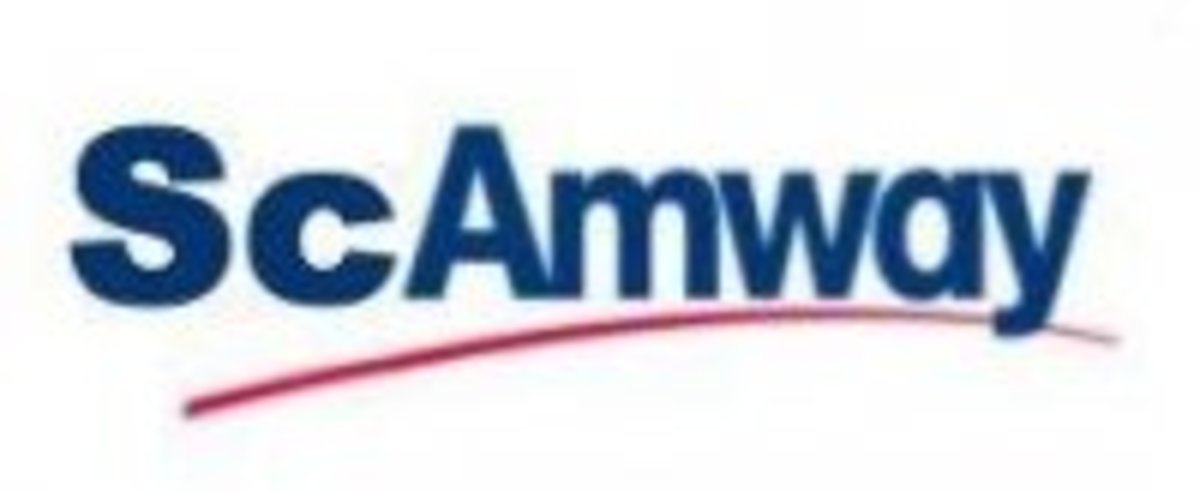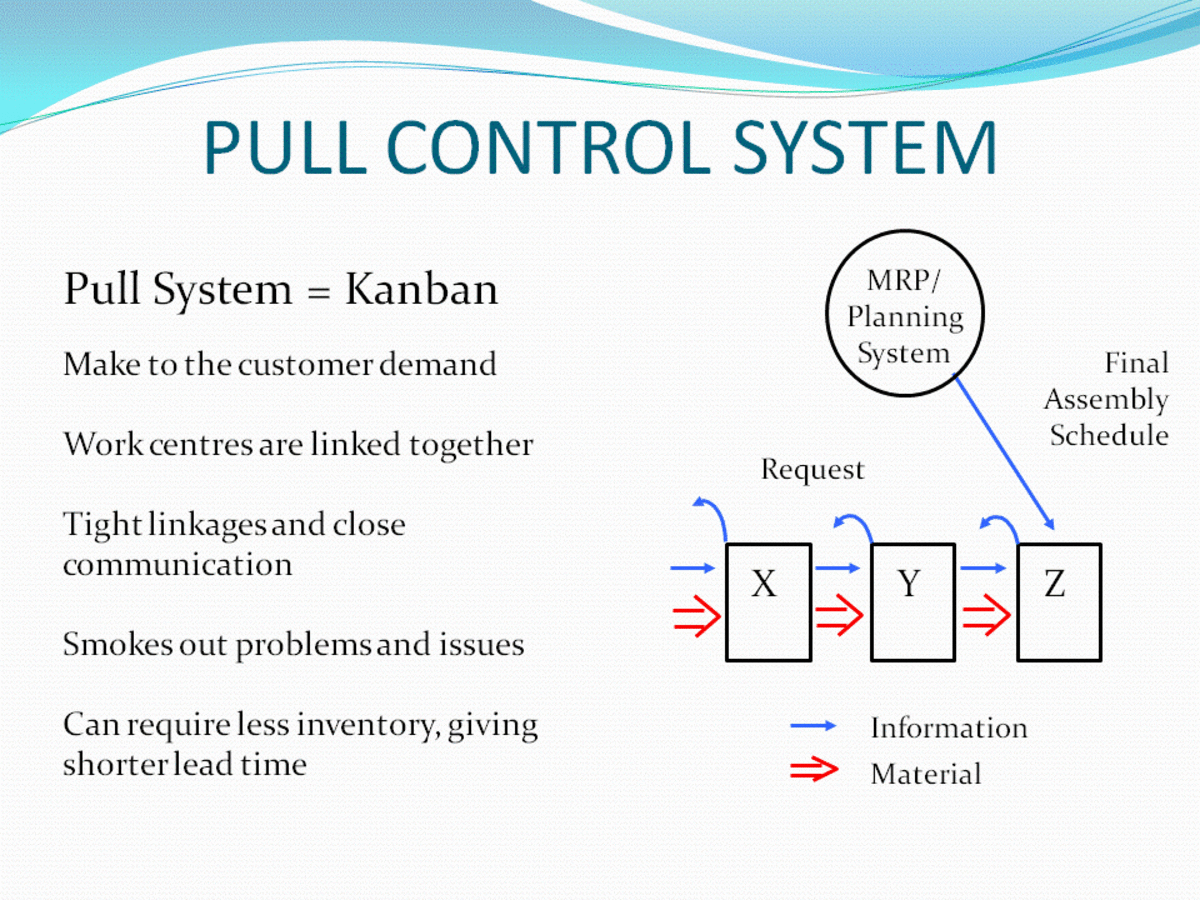Promotional Products are Not Toys

Had a conversation going on Twitter about the best promotional giveaways for trade shows. (I voted for sticky notes. My favorite!) But one of my pals tweeted that he's on the lookout for items for his daughter.
This is a very common occurrence at trade shows. Parents and grandparents go "shopping" for the kids as they cruise the exhibit floor. However, it is a dangerous practice as we'll see in a bit. It is also a sad commentary on the exhibitors and their promotional product choices.
I'm going to be as blunt as I can about this:
Promotional products are NOT toys!
Promos used as toys present a host of troubling issues for marketers.
Safety and CPSC Issues
Unless specifically manufactured as toys or children's items, most promotional products are manufactured for use by people over age 12. Some items may even have higher age minimums depending on their purpose. For example, items that are related to alcohol or smoking would not be appropriate to give to anyone under drinking and smoking age.
Common promotional items such as pens, notepads, keys, etc. are usually considered "general use" items. Though children may come in contact with general use items, that doesn't automatically make it a children's product. But it can truly be a gray area.
Under Consumer Product Safety Commission (CPSC) guidelines, if a general use product has features that would be attractive or appropriate for a child, it may have the possibility of being considered a children's product. What are some of the features that the CPSC has identified?
- Small sizes that would be uncomfortable for adults.
- Exaggerated features, such as large buttons.
- Colors commonly associated with childhood (brights, pinks, blues).
- Decorative motifs associated with childhood (dolls, animals, clowns, alphabets, etc.)
- Features that don't improve the product's utility, but would increase attractiveness to children (i.e. cartoon characters).
For more information on definitions of children's products, check out these resources from the CPSC:
- Business Education on Children's Products
- FAQs: Children's Products
- Interpretation of Children's Product
In my opinion, stress balls cause the greatest difficulty in this category. Sure, they are not intended for use by children, but they are oh so attractive for kids. Over the years I've even had inquiries about purchasing them specifically to give to children and sometimes pets. Ahhhhhhhhhhhhhhh! Can you hear me screaming? Stress balls are not manufactured to children's product safety standards and are NOT toys.
You may be thinking, "Okay, so what?" Well, once an item is classified as a "toy" or "children's product" and/or is intended to be given to and used by children, it needs to be in compliance for materials, construction, chemical content and more. Additional testing and documentation may be required. There may also be a requirement to include tracking labeling on the product to be referenced in the event of a claim.
Here's an example. A company was thinking about doing a custom stuffed toy to give to kids as a promotion. They had done them in the past. But since that time, new standards had been introduced. When I chatted with the manufacturer, he said that testing for lead content would have to be done which would cost several hundred dollars.
Got clients with furry four-legged dog and cat "kids?" Promotional products are NOT toys for them either! Look for product choices identified as pet-friendly and confirm with your distributor what makes them so. Always think SAFETY FIRST!
More Insight into Children's Products
The Saddest Loss from Using Playful Promotional Products
If the safety issues don't have marketers nervous, this should. When a promotional product is given to a child as a plaything, what is its marketing impact? I'll be bold enough to say ZERO! The kids are buying NOTHING from the company giving the promotion... at least not for a couple decades.
Now it can be said that the trade show visitor who collects cute promos to give to the kiddies will feel more positively toward the company that gave them out and be encouraged to do business. A bit of a stretch in my opinion, although there are exceptions. For example, if a company provides child-safe coloring books to occupy or educate kids while parents take care of business might score a few points with the parents. But it's unlikely to be a long term impact.
So what should marketers consider when choosing items that'll find a home where they need to be... in actual adult customers' hands or offices?
- Watch for the Cute Factor. Cute and colorful promotions—no matter visually appealing or clever they are—have a high likelihood of being considered toys and being passed on to children. Plus, they dance on the dangerous edge of needing to pass children's product standards as discussed earlier.
- Choose Age Appropriate. No matter how cool or clever an item seems, consider the age of the person who will be receiving the item. If the item appears to be a toy, adults may not only automatically give it to kids, they may also automatically reject accepting the item in the first place.
- Consider Utility. How will recipients use the item? Thinking that business people will find an item so cute they'll want it on their desks is wishful thinking. (I've had customer inquiries along these lines!) Look for items that relate to the product or service being sold, as well as to the lifestyle and workstyle of recipients. Here's an example. Had a client who was considering a desk item for his customers. However, most of his customers were road warriors. An auto-friendly item would be more preferred by this crowd.
Promotional products are expensive. Don't waste the investment by purchasing items that'll likely end up in a kid's toy box.
This article is accurate and true to the best of the author’s knowledge. Content is for informational or entertainment purposes only and does not substitute for personal counsel or professional advice in business, financial, legal, or technical matters.
© 2014 Heidi Thorne



